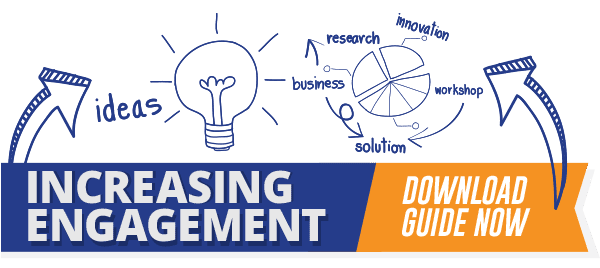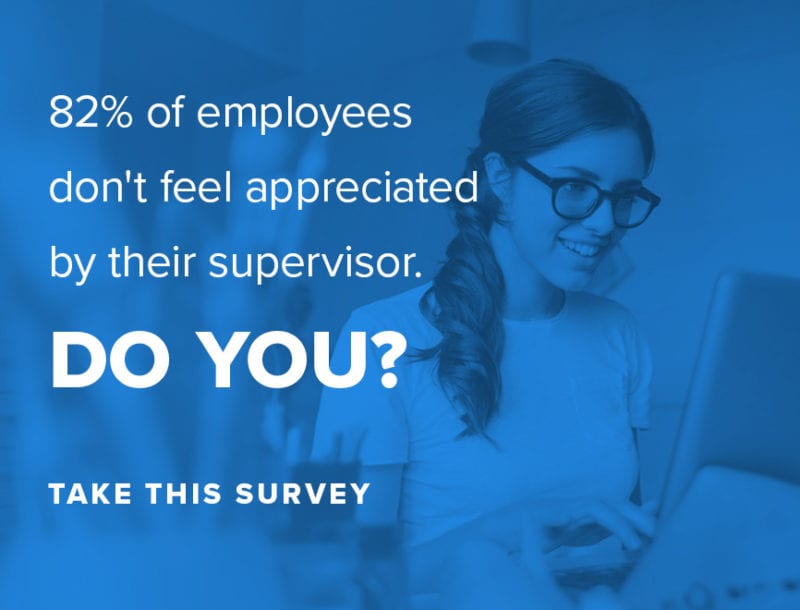Originally posted by CNBCs Make It! on June 20, 2018
Jamie Dimon, chairman and CEO of JPMorgan Chase, faced the 2008 financial crisis with no guarantee that the financial industry or America would recover…
Indra Nooyi, former chairman and CEO of Pepsico, moved from India to the United States and often felt like a “fish out of water” because she struggled to fit in…
Brian Cornell, chairman and CEO of Target, had a humble upbringing. His dad died when he was young, so Brian worked lots of odd jobs as a kid to make money for things he needed…
Then there’s me, a former CEO of Yum! Brands. I was raised in a series of trailer parks with a nomadic upbringing…
What do we have in common? Adversity became our advantage because we chose to persevere and learn from what most would perceive to be adversity in our lives.
Learning to see adversity as an advantage is a powerful way for leaders to think, learn and grow. However, it’s often in hindsight when you discover that what you thought would break you actually made you a strong and more effective leader.

JPMorgan Chase CEO Jamie Dimon: Managing crisis
Dimon faced a sweeping financial crisis that threatened his company and America as a whole. He was required to take lots of risks during that time and balance the risk between how it would impact JPMorgan Chase and America. Talk about pressure!
When faced with this adversity, “what I tried to do was make sure the risk I took couldn’t severely damage JPMorgan,” Dimon told me. “When they asked us to do TARP, we didn’t need TARP.
“I went to the board and said, ‘We don’t need this. And in fact, it’s asymmetrically bad for us. There are nine companies; my view is there are a couple who need it and it will save them, but a bunch of us don’t. But for the country, if you don’t do all nine banks, it’s kind of a subterfuge. You’ve gotta get all nine banks to do it so you’re not pointing out who the weak ones are. If only the weak banks take it, that would tank them. For the country, it’s the right thing to do.’ …
“The board discussed it, and I didn’t fully understand how angry the world would get for this so-called bailout. The board was unanimous. If this is the right thing to do for the country at this moment of crisis, that’s what you do.”
Dimon learned some important lessons during this time. “You gotta have the process in place before the crisis,” he told me. “You can’t start a war without an army. We already had in place a rigorous, a disciplined, a very open, good reporting. The stuff you’d want to have to do it. … I also stayed home a lot. I canceled a lot of trips. I was at my desk. I wanted anyone to be able to call me up or walk in my office and say, ‘I have a problem.’ All protocols were out the door.”
Dimon was widely recognized for his leadership during the crisis. One of his proudest moments was how his team showed up when Bear Sterns was about to collapse. “I called on a Thursday at 10 p.m. at night a bunch of our leaders around the country: ‘Bear Sterns may fail, and we are going to try to save it over the weekend.’ We had hundreds of people who got dressed and went to work, hundreds. And the next night, thousands. And that’s the story… The story to me was: Look what our people did when the going got tough.”
Adversity became Dimon’s advantage.

Former PepsiCo CEO Indra Nooyi: Overcoming culture shock
Transitioning from India to the U.S. had its challenges for Nooyi when she moved here to attend the Yale School of Management. Things were different, and it took time and determination to overcome her feelings of not fitting in.
“When I came to the United States, first of all, I was lonely,” Nooyi told me, “because I never traveled outside the country. And you know it took a while getting used to everything. I was a vegetarian. I didn’t know how to get vegetarian food in New Haven at that time.
“In 1978, they didn’t have a mechanism to integrate international students easily. Now it’s fantastic, but then it wasn’t that systemized, so the first couple of weeks were dreadful. I wanted to hop on the plane and go back.
“I didn’t know what to do, but you know what? Little by little, the other students at Yale reached out. The international students got together and built ourselves a little ecosystem and before the month was done, I was as American as the others.”
Another way Nooyi learned to connect was through baseball. “I used to play cricket when I was in India. It was a bat and ball sport. When I landed in the United States, I had to be involved or learn or watch a bat and ball sport. This was 1978, the big year that the Yankees were 14 games behind the Red Sox and then catching up … to win the World Series.
“So I sat there in the dorm room and the common room and the other kids explained baseball to me, and I fell in love with the New York Yankees. I didn’t fall in love with baseball as a whole. I fell in love with the Yankees and that love affair with the Yankees has not died even today.”
Learning to love the Yankees helped her “fit in” and connect with others. Nooyi chose to learn something new while staying true to herself. Adversity became Nooyi’s advantage.

Target CEO Brian Cornell: Rising from humble beginnings
Based on Cornell’s upbringing, you would not expect him to become a CEO. He learned early in life there were three ways to put his economic circumstances aside and just move forward.
“I grew up in a really humble environment,” Cornell told me. “I lost my dad when I was young and my mom had a series of illnesses, so I had to grow up the hard way. I worked for many years as a little kid — mowing lawns, shoveling snow, and washing trucks. So if you look back in time, when I was a kid, you would say there’s no chance that this person, growing up in this kind of environment, ends up doing what he’s doing.
“I learned early in life that there’s only three ways that I could put my economic circumstances aside and just move forward:
In school, because when the test is handed out, nobody cared who my dad was or how much money I had.
In sports, on the playing field, because there the playing field was level.
At work, because once you showed up, it was all about performance and execution and doing the things that were put in front of you.
“I embraced the level playing field idea early,” he said. “I didn’t feel sorry for myself. I said I’m gonna perform, excel, and take advantage of opportunities. And somehow it all worked out. It wasn’t some magical path. I didn’t grow up in a CEO’s household. I had to work for literally everything I had by finding part-time jobs so I had money for baseball cleats and football equipment. But it all worked out because I found what worked for me.”
Rather than feel sorry for himself, Cornell decided to see opportunity. Adversity became his advantage.

My story: In and out of trailer parks
Let me end with my story. Because of my dad’s job, my family lived in a trailer and moved every three months. While I didn’t realize it at the time, the lessons I learned from my trailer park days actually helped me become a successful CEO.
One major adversity I faced was making new friends every time we moved. My mom encouraged me to take the initiative to make friends and to make my time count in each small town.
So I learned to size people up in a hurry and figure out who were the good ones and who I should avoid. This skill became a great advantage to me as CEO. I developed a good gut instinct when I was young and still use it today as I lead. Perceived adversity became my advantage.
Adversity can become your advantage too if you choose to persevere and learn from the challenges you face. The ball is in your court.
Listen to the David Novak Podcast episodes to learn more from Jamie Dimon, Indra Nooyi and Brian Cornell. David Novak is the founder and CEO of David Novak Leadership, a digital leadership development platform he created to help people become stronger leaders. He is the co-founder and former CEO of Yum! Brands and a New York Times bestselling leadership author. He has been recognized as “2012 CEO of the Year” by Chief Executive magazine, one of the world’s “30 Best CEOs” by Barron’s, one of the “Top People in Business” by Fortune and one of the “100 Best-Performing CEOs in the World” by Harvard Business Review.
Credit: CNBCs Make-It































